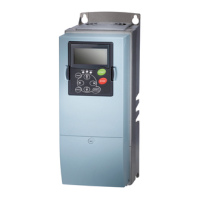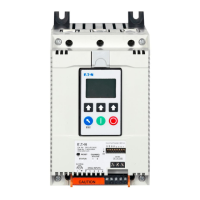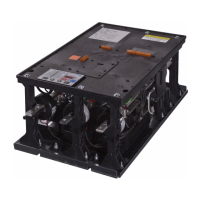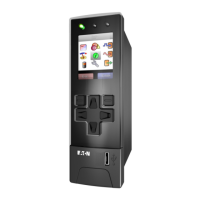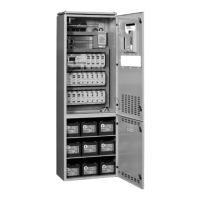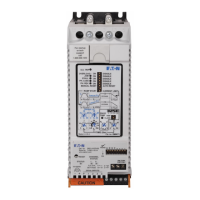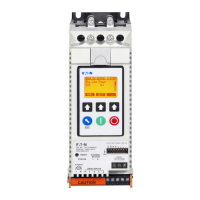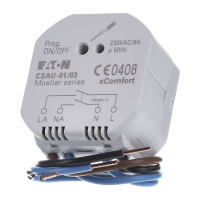SV9000 Motor Pump Enhanced Protection Application Page 35 (60)
7.5-7.9 General
The motor thermal protection is to protect the motor from overheating. The SV9000 drive
is capable of supplying higher than nominal current to the motor. If the load requires this
high current there is a risk that motor will be thermally overloaded. This is true especially
at low frequencies. At low frequencies the cooling effect of the motor is reduced, reducing
the capacity of the motor. If the motor is equipped with an external fan the capacity
reduction at low speeds is small.
The motor thermal protection is based on a calculated model and it uses the output
current of the drive to determine the load on the motor. When the power of the drive is
turned on, the model uses the heatsink temperature to determine the initial thermal state
of the motor. The calculated model assumes that the ambient temperature of the motor is
40°C.
The motor thermal protection can be adjusted by setting the following parameters. The
thermal current I
T
specifies the load current above which the motor is overloaded. This
thermal current limit is a function of the output frequency. The curve for I
T
is set with
parameters 7.6, 7.7 and 7.9, see figure 6.2-19. The parameter default values are taken
from the motor name plate data.
With the output current at I
T
the thermal state will reach the nominal value (100%). The
thermal state changes proportionally to the square of the current. With output current at
75% of I
T
the thermal state will reach 56% value and with output current at 120% of I
T
the
thermal state would reach 144% value. The function will trip the drive (see par. 7.5) if the
thermal state reaches a value of 105%. The speed of change in the thermal state is
determined by the time constant parameter 7.8. The bigger the motor the longer it takes to
reach the final temperature.
The thermal state of the motor can be monitored through the display. See the table for
monitoring items. (User's Manual, table 7.3-1).
CAUTION! The calculated model does not protect the motor if the airflow to the motor is
reduced by blocked air intake grill.
7.5 Motor thermal protection
Operation:
0 = Not in use
1 = Warning
2 = Trip function
Tripping and warning will display the same message code. If tripping is selected the drive
will stop and activate the fault stage.
Deactivating the protection, setting the parameter to 0, will reset the thermal stage of the
motor to 0%.
7.6 Motor thermal protection break point current
The current can be set between 50.0—150.0% x I
nMotor
.
This parameter sets the value for thermal current at frequencies above the breakpoint on
the thermal current curve. See figure 6.2-19.
The value is set in percentage which refers to the name plate data of the motor, parameter
1.13, nominal current of the motor, not the drive's nominal output current.
The motor's nominal current is the current which the motor can withstand in direct on-line
use without being overheated.
If parameter 1.13 is adjusted, this parameter is automatically restored to the default value.

